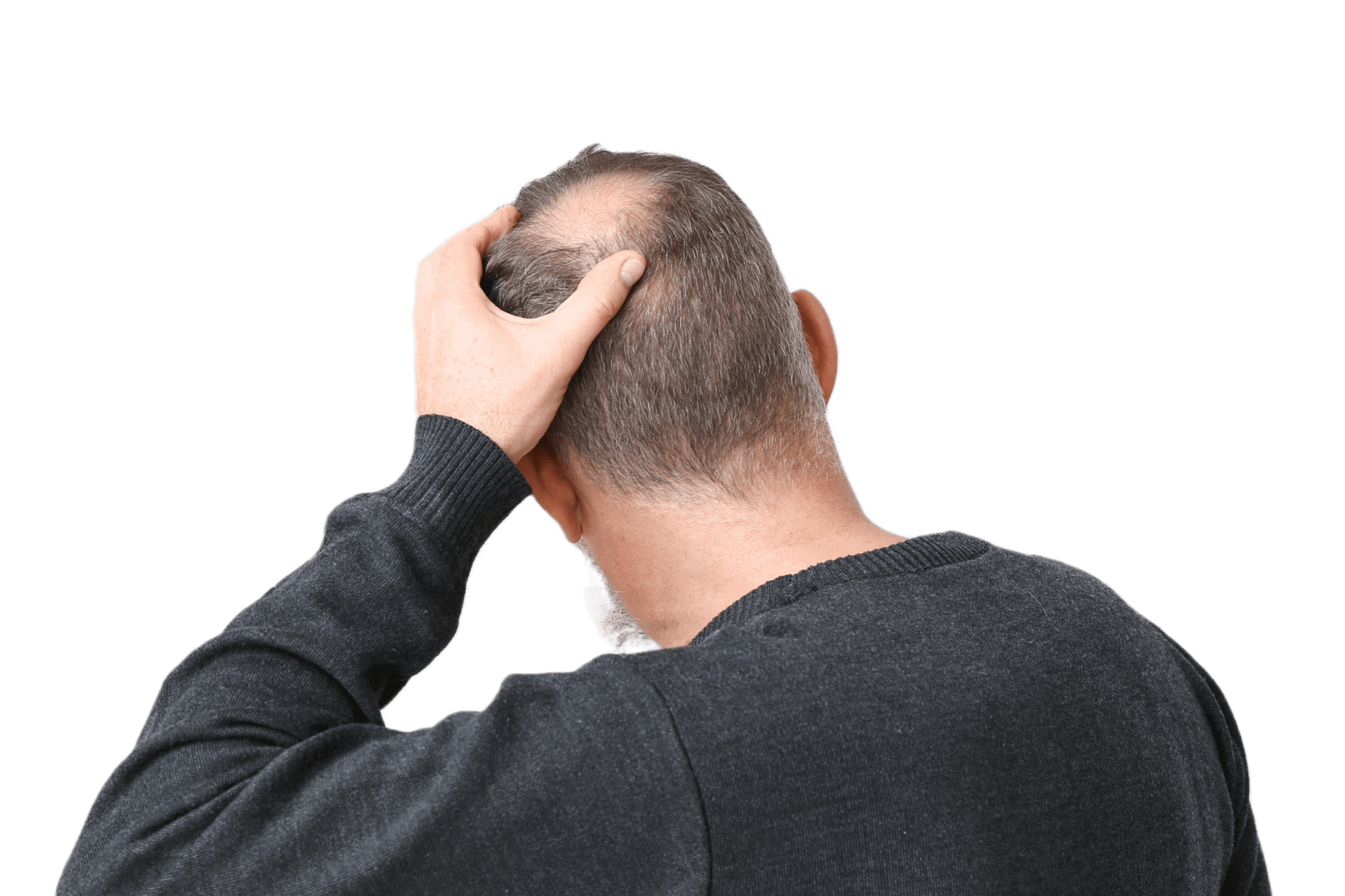Hair loss is a common problem that affects both men and women. It can be caused by a variety of factors, including genetics, aging, hormonal changes, medical conditions, and certain hairstyles and treatments.
Genetic hair loss, also known as male or female pattern baldness, is the most common cause of hair loss. It is caused by a combination of genetics and hormones, and tends to run in families. This type of hair loss usually occurs in a predictable pattern, with hair thinning on the top and front of the head.
Aging is also a common cause of hair loss. As we get older, our hair naturally begins to thin and lose some of its volume. Hormonal changes, such as those that occur during menopause, can also cause hair loss. Medical conditions, such as autoimmune disorders, thyroid problems, and fungal infections, can also cause hair loss.
Hairstyles and treatments, such as tight braids, extensions, and chemical relaxers, can also cause hair loss by putting excessive stress on the hair and scalp. In some cases, hair loss can be a side effect of certain medications, such as blood thinners, antidepressants, and birth control pills.
How can I stop my hair loss?
There is no one solution to stopping hair loss that works for everyone, as the cause of hair loss can vary greatly. However, some possible methods for reducing or stopping hair loss include:
- Medications: Prescription medications such as minoxidil and finasteride can help slow or prevent hair loss.
- Treating underlying medical conditions: Treating any underlying medical conditions that may be causing hair loss, such as thyroid problems or anemia, may help to reduce hair loss.
- Healthy hair practices: Avoiding harsh hair treatments, protecting your hair from heat damage, and maintaining a healthy diet can all help to promote healthy hair growth.
- Hair transplant: Hair transplant surgery is a permanent solution for hair loss, but it is a costly and invasive procedure.
- Scalp micro pigmentation: This is a cosmetic procedure in which pigment is applied to the scalp to create the appearance of fuller hair.
Nanotechnology: New solutions for hair loss
Nanotechnology has the potential to offer new solutions for hair loss by providing novel treatments and therapies. Some examples of how nanotechnology may help with hair loss include:
- Nanoparticle-based drug delivery: Nanoparticles can be used to deliver drugs, such as minoxidil, directly to the scalp, potentially improving their efficacy and reducing side effects.
- Nanofiber scaffolds for hair regrowth: Nanofiber scaffolds made of biocompatible materials can be used to promote the growth of new hair follicles.
- Nanoparticle-based hair growth stimulation: Nanoparticles can be designed to deliver growth factors and other agents directly to the scalp, potentially stimulating hair growth.
- Nanotechnology-based hair transplants: Nanotechnology can be used to improve the precision and effectiveness of hair transplant procedures.
- Copper nanoparticles have been studied for their benefits in treating hair loss. Copper is an essential micronutrient that is involved in various cellular processes, including the formation of hair follicles.
In studies, copper nanoparticles have been shown to stimulate hair growth and improve the overall health of hair follicles. This is to be due to their ability to promote the production of hair growth-promoting factors and improve blood circulation in the scalp.
CLINITY Advanced Therapy Shampoo is a product developed to prevent hair loss, it is based on nanotechnology and contains copper nanoparticles and essential oil extracts to support hair growth and keratin production.




